[Anniversary] 70 Years of the Citroën DS: a look back at the secret gestation that changed motoring
- Jérémy

- Aug 20
- 4 min read

For the final article in our summer series, it was unthinkable not to focus on a monument, an icon that will soon celebrate its 70th anniversary: the Citroën DS. More than just a car, it was an apparition, a masterful stroke of genius that, upon its unveiling at the 1955 Paris Motor Show, instantly rendered all other global car production prehistoric. Its influence was so profound that, decades later, it continues to fascinate and inspire. It seems everything has been said about the "Déesse" (Goddess) – its sculptural design, its unparalleled comfort, and its rich history. Yet, while the result is universally known, the path to achieving it was long, fraught with obstacles, doubts, and strokes of genius. It is this genesis, this complex and thrilling gestation that ultimately led to a global success, that we wanted to revisit. Fasten your seatbelts, we are going back in time.
A secret and eventful genesis: from the VGD project to Pierre Bercot's vision
The story of the DS does not begin in the 1950s, but much earlier, in the visionary minds of the Citroën teams. As early as 1938, with the Traction Avant barely established on the market, the design office at Quai de Javel was already working on its replacement. The project, internally named "VGD" (Voiture à Grande Diffusion, or Mass-Market Car), was overseen by CEO Pierre-Jules Boulanger himself. The ambition was immense: to create a car that would surpass the Traction in every aspect, particularly in aerodynamics and comfort. The initial studies, led by engineer André Lefèbvre and designer Flaminio Bertoni—the brilliant duo behind the Traction and the 2CV—gave rise to strangely shaped prototypes, like the "turtle" or the "hippopotamus," which were highly streamlined and already revolutionary for their time.
The Second World War slowed development but did not halt it. On the contrary, this period of clandestine work allowed engineers to mature their wildest ideas, far from the constraints of mass production. It was during this time that the concept of a hydropneumatic suspension, the true heart of the future project, began to take shape. After the war, the VGD project resumed with vigor, only to suffer a tragic blow on November 11, 1950. Pierre-Jules Boulanger was killed in an accident while driving a Traction 15-Six fitted with the experimental hydropneumatic suspension. This tragedy could have spelled the end for the ambitious project, but it did not account for his successor, Pierre Bercot. A pragmatic man of numbers, Bercot analyzed the project and made a decision that would change the course of automotive history. Where some might have advocated for caution, he chose absolute audacity. He gave his teams a blank check: the future car would not be a compromise; it would be a total technological and stylistic showcase. The VGD project was over; the D project was born. Under his leadership, Flaminio Bertoni, working like a sculptor on his plaster models, refined the lines to achieve that pure, futuristic "teardrop" shape, devoid of a traditional grille and featuring a vast glass area. This silhouette, designed as much for aesthetics as for aerodynamics, was so avant-garde it seemed to have arrived from another planet.
The heart of the DS : between hydraulic innovation and mechanical compromise
If the styling of the DS was science fiction, its internal technology was even more spectacular. The major innovation, the one that still defines the DS today, is its famous hydropneumatic suspension. Developed by engineer Paul Magès, this high-pressure hydraulic system did more than just manage the suspension, offering a level of comfort and road-holding never seen before, allowing the car to maintain a constant ride height and even drive on three wheels. It also controlled the powerful brakes, the power steering, and even the hydraulically operated gearbox. This complex, centralized system was the car's true brain, giving it a unique dynamic personality. The famous rubber "mushroom" for a brake pedal, which had no dead travel, surprised the uninitiated but proved incredibly effective once mastered. This concentration of advanced technologies in a single production car was an industrial gamble of incredible audacity.
However, this display of innovation concealed a major compromise: its engine. Initially, Citroën had planned to develop a modern and powerful air-cooled flat-six engine, worthy of the rest of the project. But development costs soared and deadlines tightened. Faced with the risk of delaying the launch and straining the budget, Pierre Bercot had to make a tough call. Reason prevailed over passion: the DS would be launched with a heavily revised version of the old inline-four engine from the Traction Avant. While many improvements were made, including a new hemispherical cylinder head, this engine remained the sole concession to the past in an ocean of futurism. This duality between a 21st-century chassis and body and a powertrain inherited from the 1930s is one of the most fascinating paradoxes of the DS. It was a compromise that, ultimately, did not stop it from conquering the world, proving that its true revolution lay elsewhere.
Even today, the Citroën DS remains an endless source of admiration. As we recently saw with its rich career in cinema, it has permeated popular culture far beyond the borders of France. Everything seems to have been said and written about this legendary car. Yet, by examining its creation, one can truly appreciate the scale of the challenge undertaken by the people at Citroën. The road from the first secret sketches to the global reveal in 1955 was long, winding, and marked by tragedy and courageous decisions. This gestation, almost as fascinating as the car itself, demonstrates that myths are not born by chance. They are the result of vision, perseverance, and a touch of genius. For the DS, the result was magnificently worth the effort, giving birth to a car that became an icon the very moment the veil was lifted.


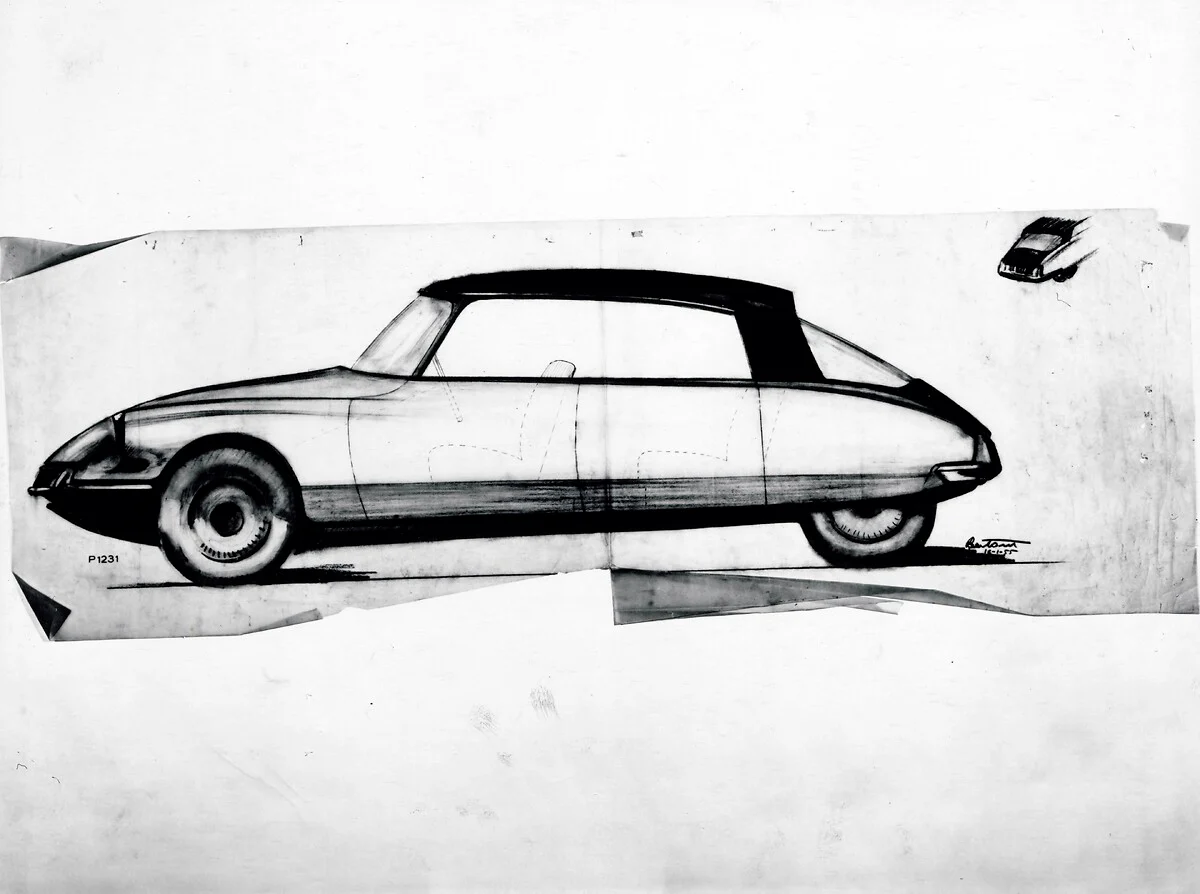
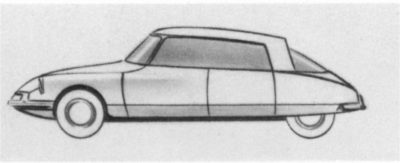
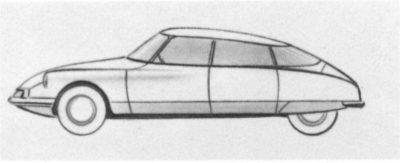
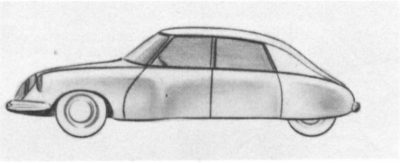

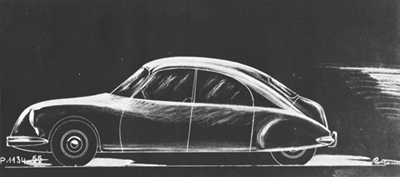
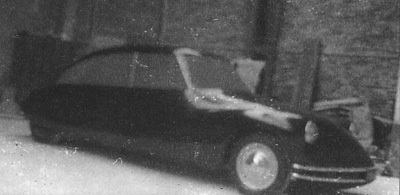
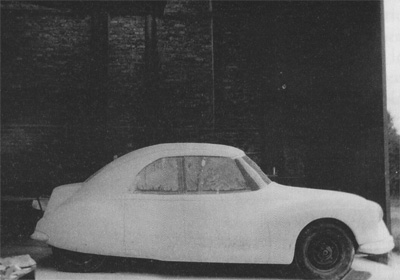
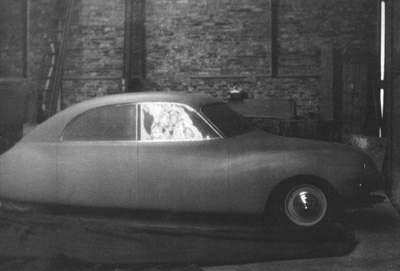
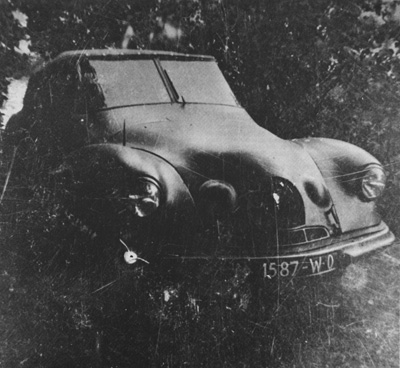
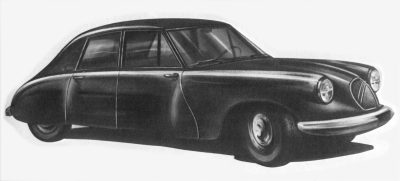
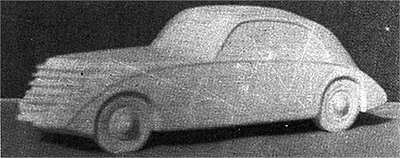

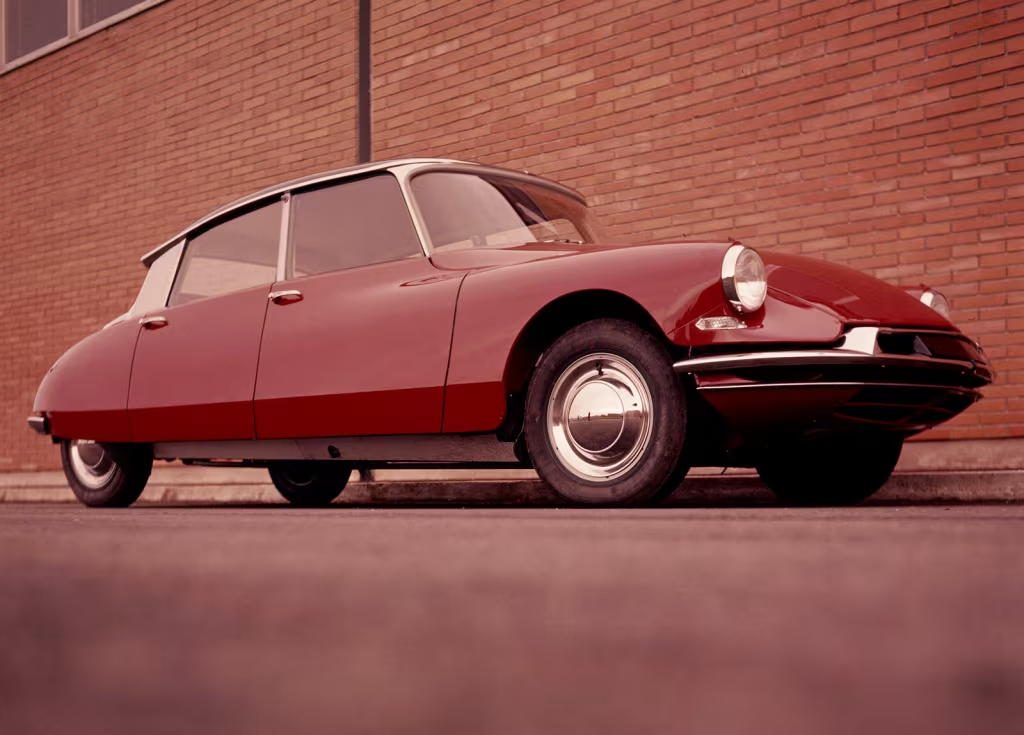
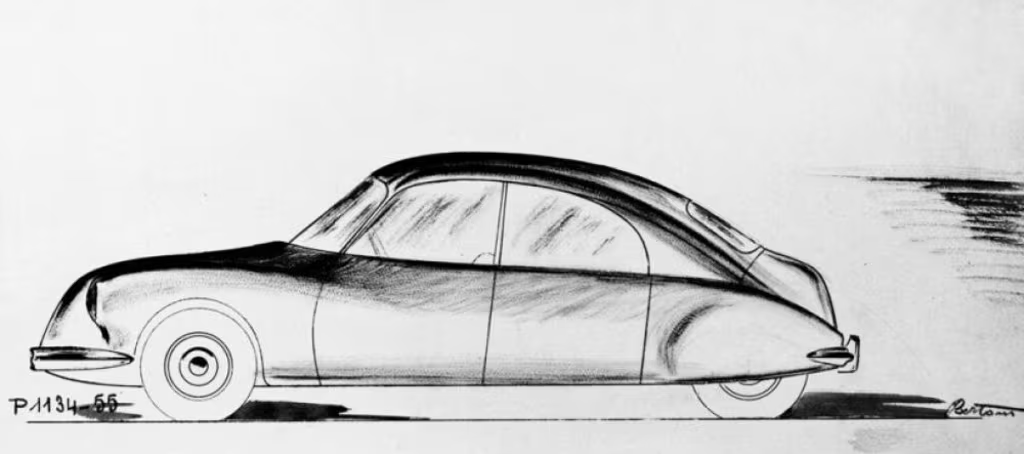
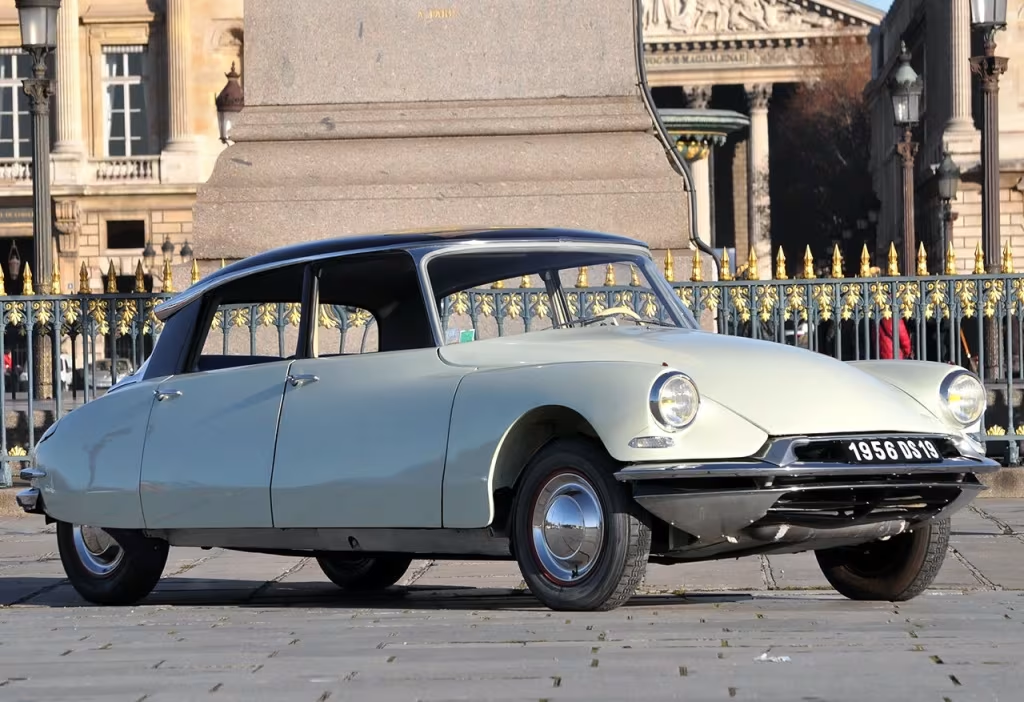
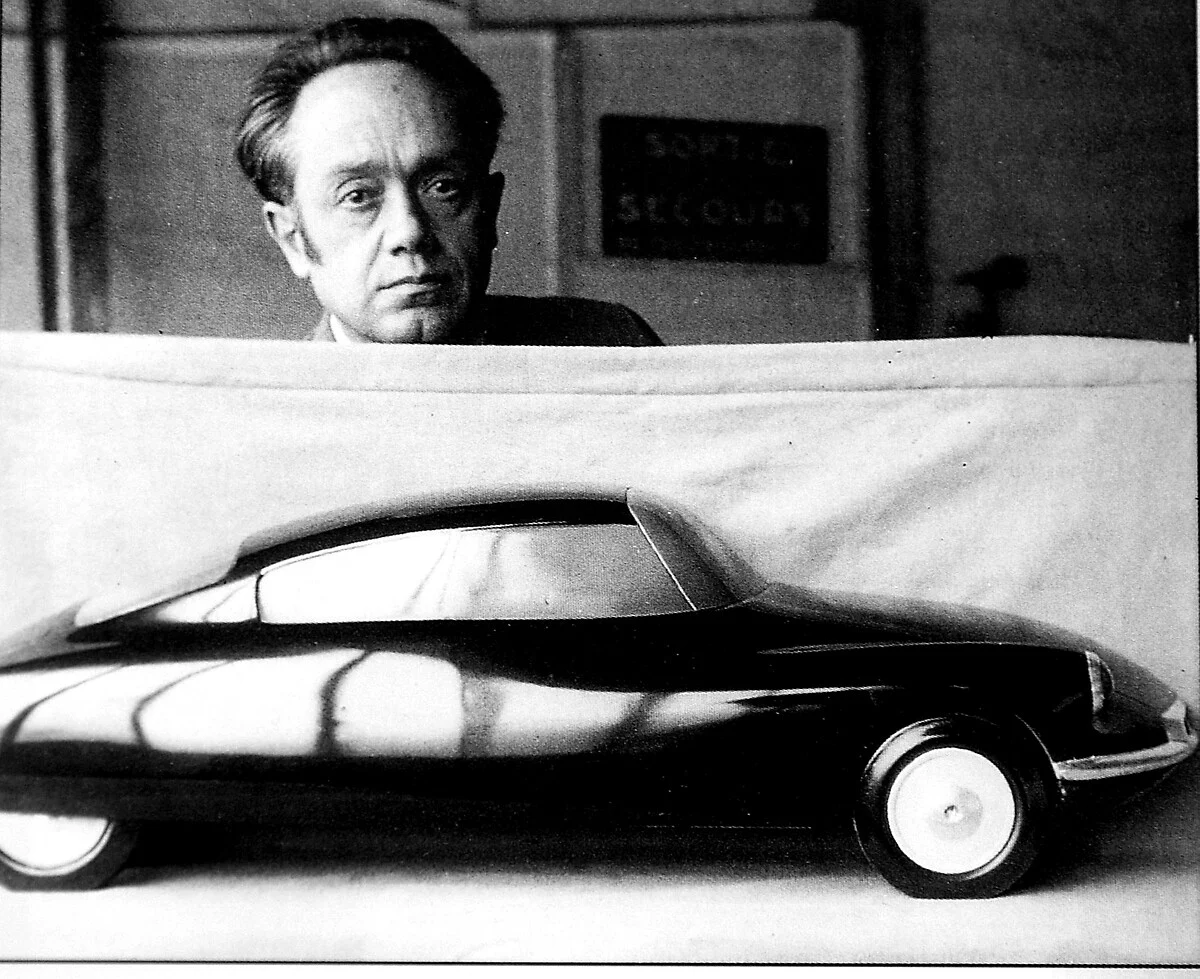
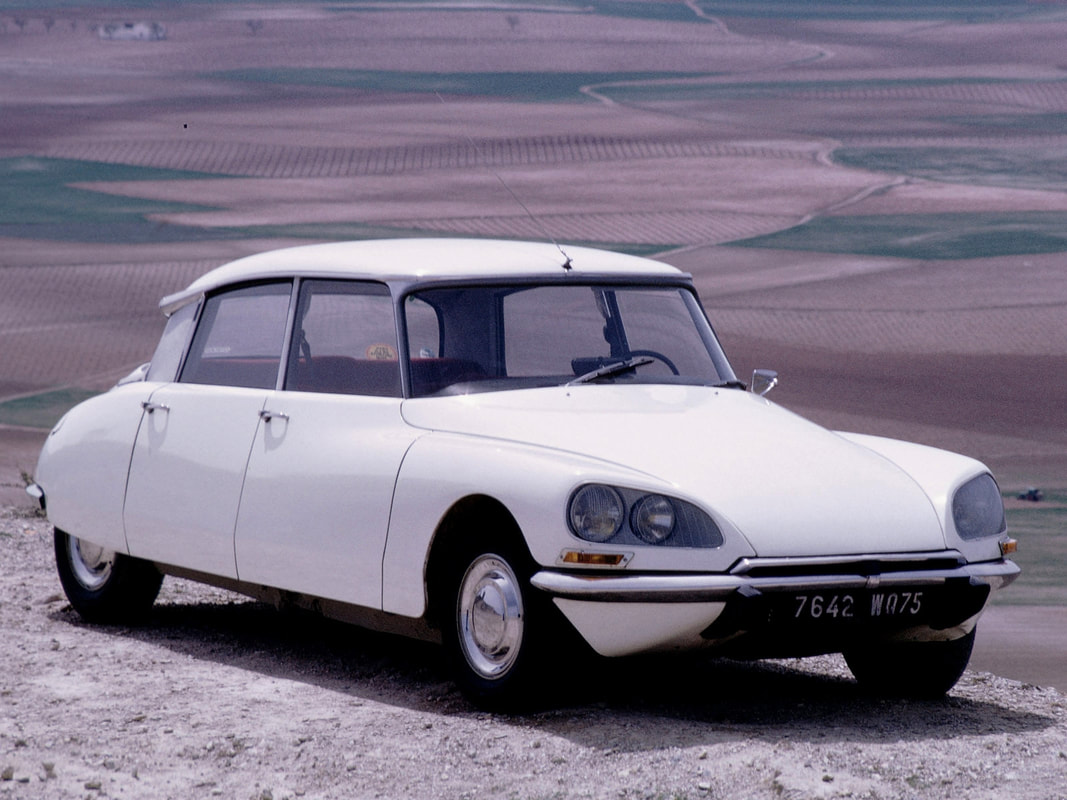
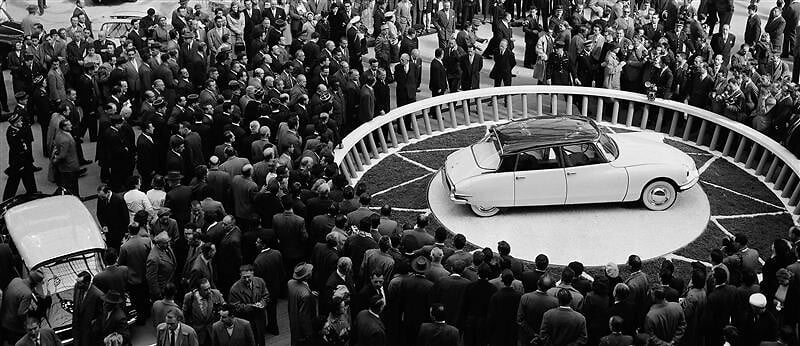




Comments